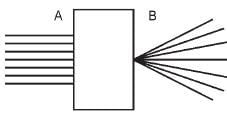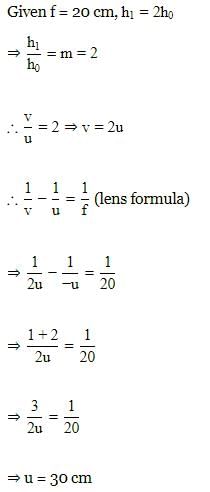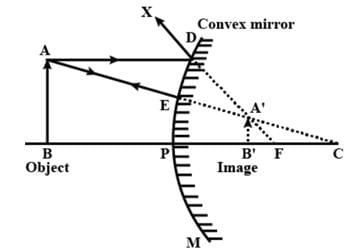Science Olympiad Test: Light- 2 - Class 10 MCQ
15 Questions MCQ Test - Science Olympiad Test: Light- 2
You are provided with a convex lens of F = 50 cm. To obtain a smaller inverted image, the distance of the object from the lens should be
A convex lens of focal length 20 cm produces a real image twice the size of the object. Then the distance of the object from the lens is
You have caught your left ear but it appears that you have caught your right ear, it means you are standing in front of a
A child is standing in front of magic mirror. He finds the image of his head bigger, the middle portion of his body of the same size and that of legs smaller. The following is the order of combinations for the magic mirror from the top.
You are given water, mustard, oil glycerine and kerosene. In which of these media a ray of light incident obliquely at same angle would bend the most?
When a ray of light is incident (coming out) from a glass slab into the air, then the reflected ray will be
A full length image of a distant tall building can definitely be seen by using
A beam of light is incident through the holes on side A and emerges out of the holes on the side B of the box as shown in the figure. Which of the following could be inside the box?

The power of a concave lens of focal length 2 m is
Magnification produced by a rear view mirror fitted in which lens is
In torches, search lights and headlights of vehicles, the bulb is placed
Which of the following ray diagrams is correct for the ray of light incident on a concave mirror?
A virtual, erect and magnified image is formed by a convex lens of focal length 10 cm. The distance of object from the lens is



















